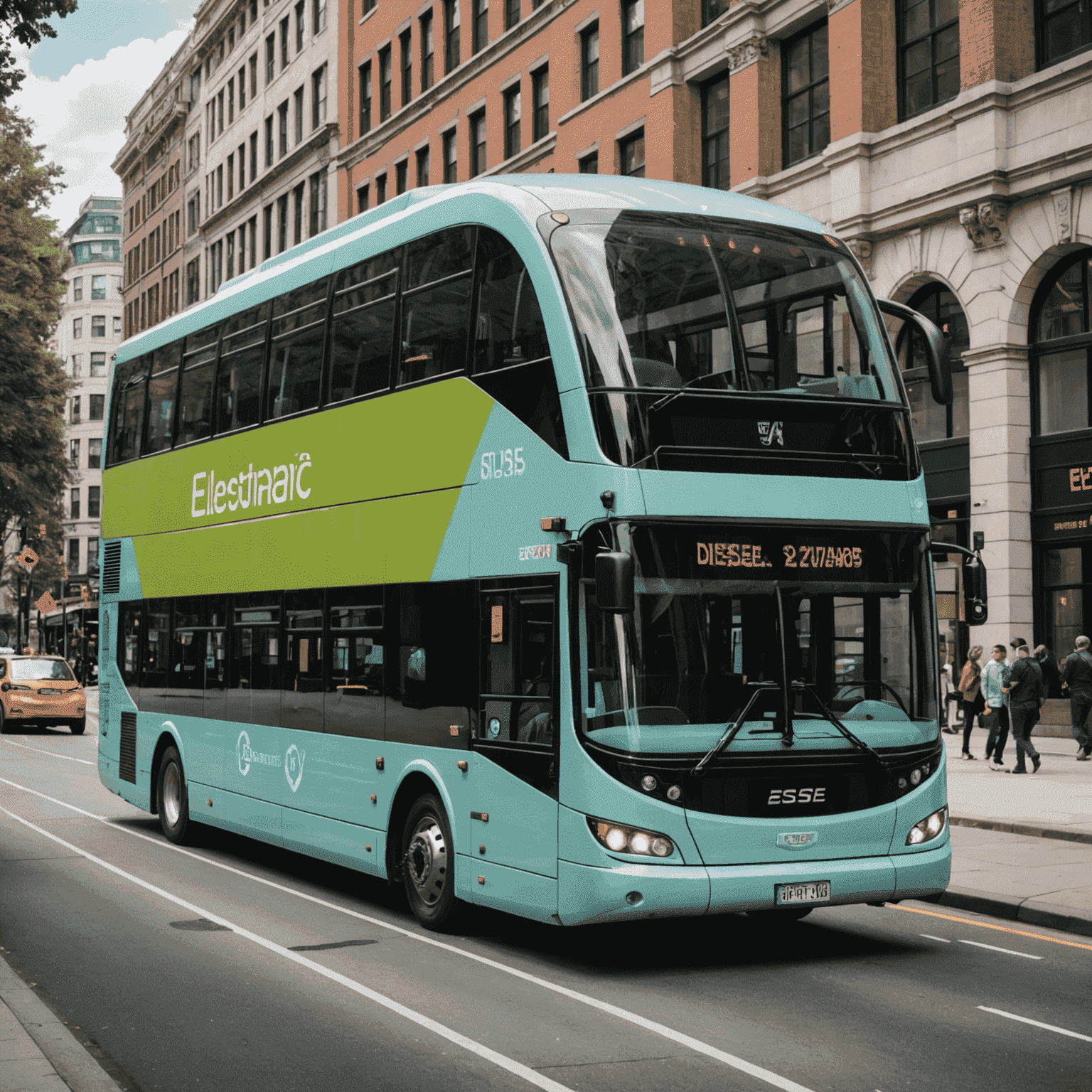Maintenance and Longevity: Insuring Electric vs. Traditional Buses

As municipal transportation systems across Canada and beyond increasingly adopt electric buses, insurance providers face new challenges in assessing and covering these innovative vehicles. This comparative analysis delves into the insurance implications related to the maintenance and lifespan of electric buses versus conventional diesel buses.
Maintenance Considerations
Electric Buses
- Fewer moving parts, potentially reducing mechanical failures
- Battery maintenance and replacement costs
- Specialized technician training required
- Charging infrastructure maintenance
Traditional Diesel Buses
- Regular engine maintenance and oil changes
- Exhaust system repairs
- Fuel system maintenance
- More frequent brake replacements due to heavier weight
Longevity Factors
Electric Buses
- Potential for longer overall lifespan
- Battery degradation over time
- Less wear on drivetrain components
- Evolving technology may lead to earlier obsolescence
Traditional Diesel Buses
- Well-established lifespan expectations
- Engine rebuilds can extend service life
- Higher mileage potential before major overhauls
- Gradual performance degradation over time
Insurance Implications
The differences in maintenance needs and longevity between electric and traditional buses have significant implications for insurance providers:
- Risk Assessment: Insurers must develop new models to accurately assess the risks associated with electric bus fleets, considering factors such as battery life, charging infrastructure reliability, and the potential for technological obsolescence.
- Coverage Adjustments: Policies may need to be tailored to address specific electric bus components, such as high-voltage batteries and charging systems, which are not present in traditional buses.
- Premiums: Initially, premiums for electric buses may be higher due to uncertainties and higher replacement costs. However, as more data becomes available and maintenance costs potentially decrease, premiums could adjust accordingly.
- Lifespan Considerations: Insurance providers will need to reassess depreciation schedules and total loss calculations based on the potentially longer lifespan of electric buses.
- Specialized Coverage: New types of coverage may emerge, such as insurance for battery degradation or charging infrastructure failures.
Conclusion
As the landscape of municipal transportation evolves with the adoption of electric buses, insurance providers must adapt their approaches to effectively cover these vehicles. While electric buses present new challenges in terms of risk assessment and coverage design, they also offer opportunities for innovative insurance solutions. As more data becomes available on the long-term performance and maintenance needs of electric buses, insurers will be better equipped to provide tailored, cost-effective coverage for this emerging sector of public transport.
For municipal transportation authorities considering the transition to electric buses, it's crucial to engage with insurance providers early in the process. This collaboration can help develop comprehensive coverage solutions that address the unique aspects of electric bus fleets, ensuring smooth operations and financial protection for these innovative public transport systems.